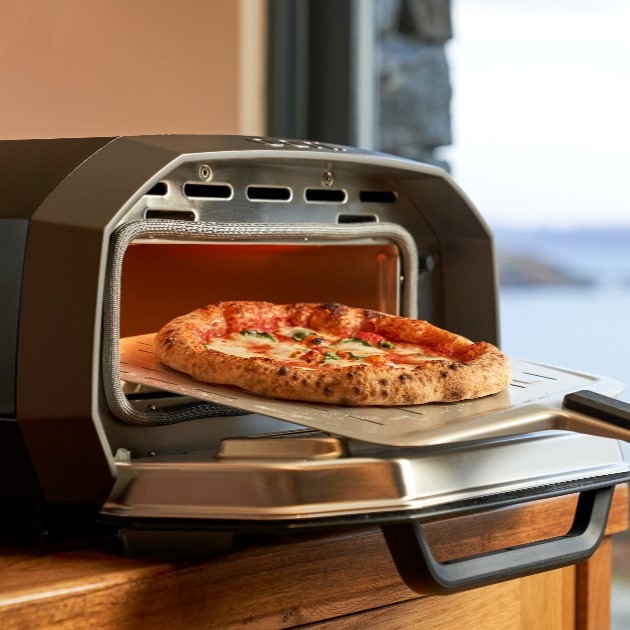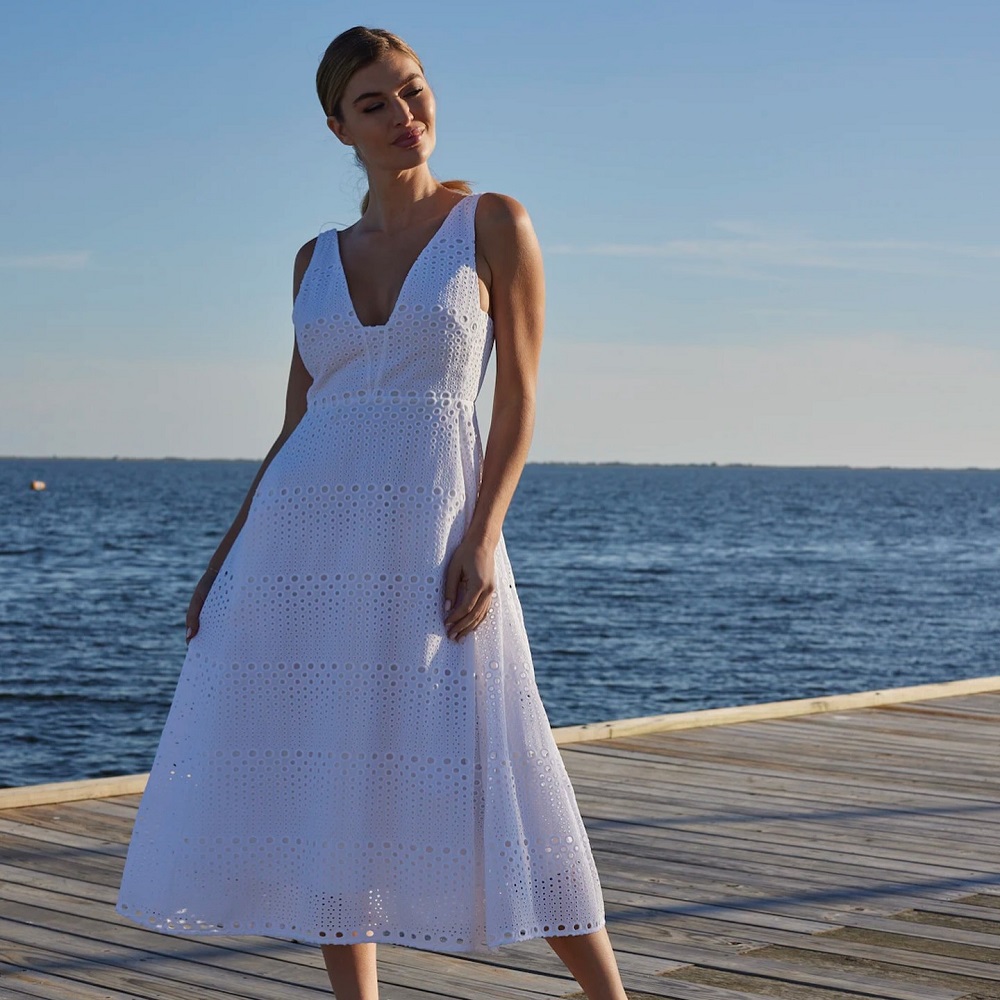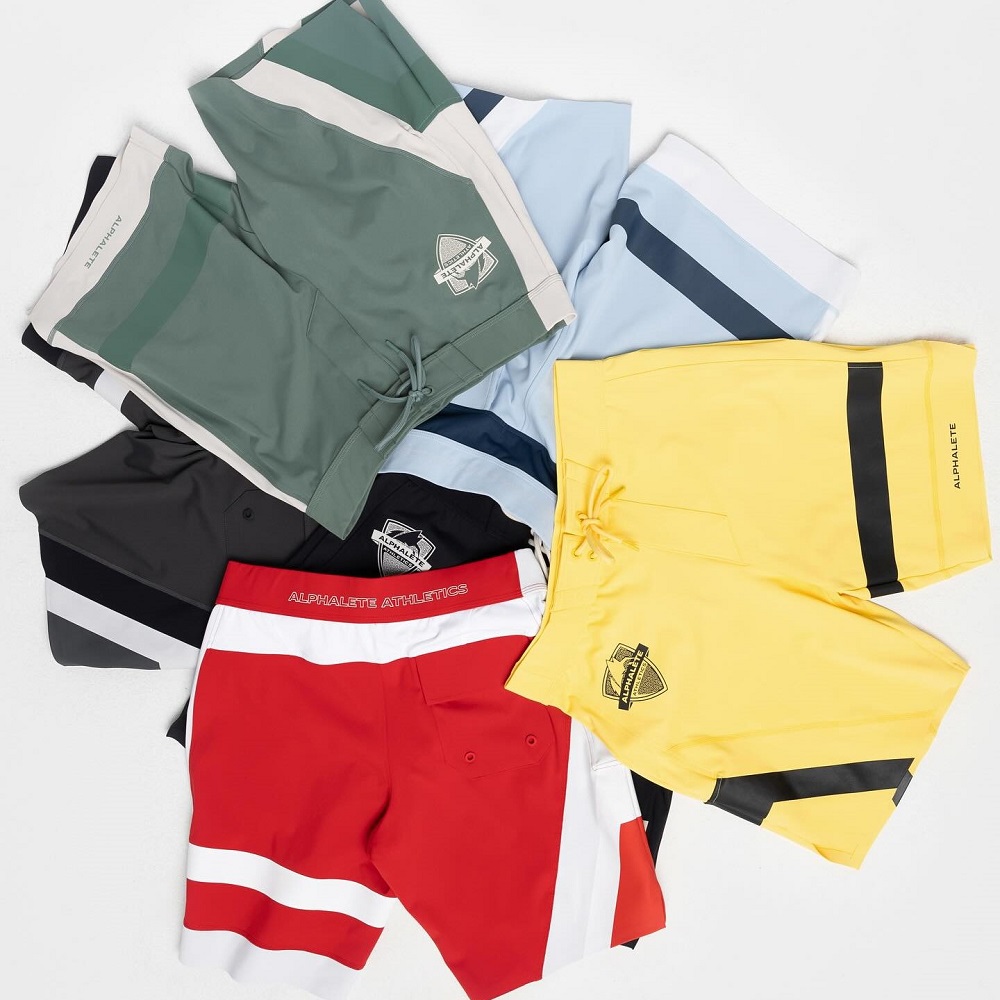How To Organize Socks – Best Guide For 2023
Table of Contents
The problem with sock drawers is that they’re often the most disorganized place for clothes. Instead of being a place where we know where everything can be found, they become a clutter magnet that attracts more than we need.
It’s no coincidence that doctors have been telling us for decades that we think better and live healthier lives when our environment is clean and tidy. We can improve how we accomplish tasks every day by just keeping our environment in order.
There’s more to organizing socks than just doing laundry, folding, and dumping back into the drawer. Organizing your socks can not only be a cerebral and creative endeavor, but help you economize space and clear your mind from the chaos.
Learning how to organize socks can often be a process of trial and error. It seems like with every new load of laundry there are more old socks, which eventually leads to an overflowing drawer that you have to push down just to close. To help clear your mind from the chaos, it’s important to learn how to organize the sock drawer.
After reading this guide, you’ll understand:
- how to organize socks
- how to store socks in a drawer
- how to arrange a sock drawer
You can approach how to store socks neatly in a lot of different ways, but people agree on some of the most effective strategies to keep everything in order. These tips are brought to you by decluttering experts, and will help you save time in the future.
Listen to the Experts
Planning how to organize socks will help prevent the sock drawer from being a deep abyss of clutter over time. Some people like to determine how much space they want to use in their drawers, and then allocate a certain number of socks to each space.
The Internet is filled with motivational pictures to help you on your way. Some experts recommend creating a 30-day plan to mark on the calendar to help you stay focused on maintaining the structure you’ve created for yourself.
Decluttering experts agree on using dividers to keep socks orderly and separated, and to maximize space for the socks you’ll need for different occasions.
Learning how to organize socks isn’t something you do in a day, but something you learn through repetition, by constantly perfecting the process.
Take an Inventory of Your Socks
If you want to learn how to organize socks, the first step to really getting down to business is taking stock of the socks you have. You’ll need to empty your drawer and start purging. So empty your drawer of all your socks and make several piles for the socks you want to keep and the socks you no longer wear. There are tons of ways to repurpose socks, so check out our guide on what to do with old socks.
If you’re not up for repurposing socks, that’s completely fine. Not everyone is a crafter. Just make sure that you get rid of the ones you no longer wear. There is really no need to hoard old socks. You could go the charitable route instead.
Repurpose or Donate Old Socks to Goodwill
If you have socks that are in fairly good condition, but either do not fit or are considered extra, consider making a donation to a Goodwill organization. Socks are typically the number one requested item from under-serviced communities.
Some established charitable organizations you can look into are:
- The Salvation Army U.S.A.
- Value Village Donation Centre
- The Orphan Life Foundation
- Hope Foundation U.S.A.
If none of these are not in your jurisdiction, just type in your location for Google.
Getting in the habit of donating socks, or learning how to repurpose old socks, is a key step in learning how to organize socks on a consistent basis. It’s like recycling.
Group Socks Into Different Piles For Sorting
After you’ve completed the purge, you can sort the remaining socks according to their size. Neatly start folding the socks and placing them into their predetermined spot. As you slowly learn how to organize socks better, you’ll spend less time stumbling around during those dark early mornings while you try to feel around in your drawer for the right pair.
Grouping socks according to their color will make this easier (white, dark, or multi-coloured). If by chance you have more multi-colored socks, you might find it convenient to sort them according to the dominant color or pattern.
Once you have piled socks you plan to keep and plan to get rid of, take a closer look at the pile of socks you plan to keep. Consider the possibility of replacing some of them with new socks.
Remember to remove any other items of clothing that occupy the sock drawer.
Based on what we’ve discussed so far, here’s what a basic sock purge should look like:
- Remove all your socks from your drawer
- Determine how many socks you will keep
- Stack socks in different piles (those you want, those you need, those you don’t want)
- Clean the drawer with damp cloth or paper towel
- Determine how many dividers you will use
- Revisit the socks you want to keep and determine if you can get rid of more
- Throw out, repurpose or donate socks to Goodwill
How to Organize Your Sock Drawer
Learning how to organize a sock drawer first comes with understanding how to fold socks properly. Read this guide on how to fold different types of socks.
While some people might roll their socks into a ball, decluttering experts advise us to keep socks folded to prevent stretching the elastic and to maximize a sock’s lifespan. This will also help you maximize drawer space.
Try to place your socks on top of matching pairs to avoid confusion later (in their pre-specified spot within a divider in the drawer). This makes starting your day easier, not having to think about what you need, as it will already be laid out for you.
If a pair of socks is considerably thick, you might have to settle for just folding them in half. Once the folding has been done you can roll the sock into the waistband. Make sure that the waistband is on the outside, however, or you’ve done it the wrong way.
If you have a small drawer and not many socks, you may not need to use dividers and might just be able to neatly store your socks in rows according to their purpose. It might be easier to consider the number of socks you have and the amount of space there is to work with to create the best placement strategy. Here’s a typical sock storage example:
| Sock drawer size | Amount of socks | Placement strategy |
| Small | 7-14 | Place neatly in rowsMake or order cardboard dividers for different kinds |
| Medium | 14-24 | Use dividers to separate Use baskets to hold different categories |
| Large | 24-40 | Use dividers to separateUse baskets to hold different categories Consider purchasing a drawer organizer |
In the end, you’ll want to be flexible with the amount of folds to find the best ease of use for filling your new decluttered sock drawer.
Here is a quick breakdown of how to fold socks to fit better into a drawer:
- Do not immediately roll socks into a ball
- Read this guideon how to fold socks in different ways
- Fold socks in the shape of a rectangle
- If socks are not too thick, fold and roll them into thirds
- Lay matching socks neatly on top of one another in their predetermined space
How to Store Socks Neatly
By now, you should have a pretty good idea how to store your socks into your newly organized sock drawer. Your drawer’s new look not only keeps your socks healthy, but might inspire you to organize other closets and drawers to fit your new lifestyle.
Keep in mind, you might have to fold certain socks several times. Folding them into the shape of a rectangle will help with placing them in the drawer. This will depend on how large your drawer is and how much space within the dividers have been allocated.
Each sock should be placed the same way on top of one another. Typically, you want to place one sock toe on the next, and so on. Then you can fold the sock in half. Now you can fold the socks again (into thirds) to maximize space.
How to Store Socks in a Drawer
Some people arrange their socks from end to end. Maybe one end for striped socks, and the other end for thick winter socks or athletic socks. Since you’ve already done the purge and maximized space, you might even have room for underwear.
People tend to learn how to organize socks based on the socks they have, the size of their drawer, and the methods of storage available to them. We found some unique ways people build sock drawer dividers for themselves:
- Get a shoe box, use it in its entirety or cut the cardboard into strips
- Visit your local grocery store for produce boxes (orange and banana boxes are great)
- Cereal boxes can also work, but can be too thin
- Old gift boxes are often small enough to use
Depending on your circumstances, you might have to adapt different methods or maybe invent some of your own. Some people use small cardboard boxes (sometimes made from shoe boxes) to stack their socks before placing the box in the sock drawer.
The shoe box method allows you to make transfers when you need to, and you can easily remove the box to restock after a load of laundry. It also prevents wrinkling and makes it less likely that some socks will fall into other sections of the drawer.
Ideally, if you’re using the shoe-box method, you can make each box for a different category (athletic socks in one box, special collection socks in another, etc.). Naturally, you’ll have more socks than others for certain categories so don’t feel like each box has to be the same size. If you don’t have access to boxes, you can purchase dividers online.
If you don’t want to organize your sock drawer in one day, and prefer simplicity, here is a breakdown of how to organize socks in a drawer in three easy steps:
| STEP | ACTION | PURPOSE |
| 1 | Remove all socks from the drawer | To stack them in different piles according to your needs |
| 2 | Clean the drawer with damp cloth or paper towel | To determine how many dividers you will use |
| 3 | Determine the right way to fold socks for your drawer | To lay socks neatly on top of one another in their predetermined space |
Having used this guide, you should have a good idea how to organize socks. It’s up to you to keep refining the process. Maybe next, you can take a look in your closet.








